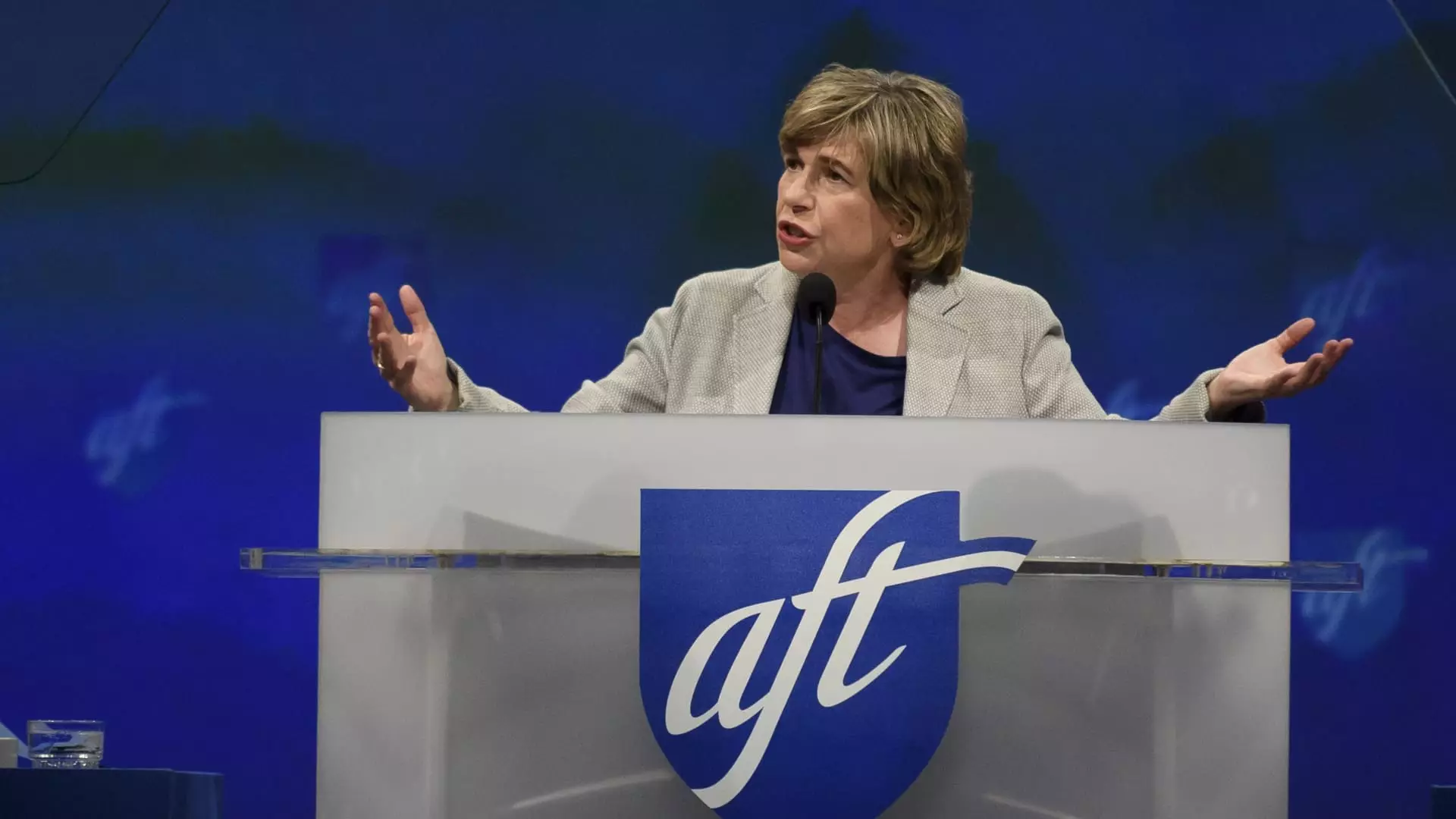The recent legal action taken by the American Federation of Teachers highlights a distressing reality: the U.S. Department of Education has systematically failed to uphold its obligation to help millions of struggling student borrowers. This isn’t merely bureaucratic inefficiency; it is an abdication of moral responsibility that leaves vulnerable individuals trapped under crushing debt burdens. The delay in processing income-driven repayment plans and Public Service Loan Forgiveness (PSLF) undermines the very purpose of these programs. It reveals a government incapable of prioritizing the well-being of its citizens over administrative complacency, perpetuating a cycle of financial despair for those who devoted themselves to public service and higher education.
Systematic Failings and Their Consequences
The backlog of applications—over a million pending IDR requests and tens of thousands awaiting PSLF determinations—is not accidental. It is a stark indicator of systemic neglect that favors bureaucratic inertia over borrower relief. Such delays are not trivial; they translate directly into financial hardship. Borrowers who are eligible for debt forgiveness or reduced payments face prolonged uncertainty, often costing them years of hardship and opportunity. When the government willingly drags its feet on implementing the very programs designed to offer relief, it silently endorses a punitive financial environment that discourages service, career advancement, and economic mobility.
A Broken Promise to Public Servants and Nonprofits
Public Service Loan Forgiveness was introduced with the promise of recognizing the societal value of public servants and nonprofit workers. Yet, the department’s inaction betrays this promise, exposing a disconnect between policy intent and administrative execution. When claims are delayed or ignored, it signals that these vital careers are not valued by the system meant to support them. This erosion of trust threatens to undermine broader commitments to social equity and the civic infrastructure that relies on dedicated public workers, many of whom face insurmountable debt loads while trying to serve their communities.
The Human Cost: Real Lives, Real Despair
The stories of individual borrowers—one owing nearly $200,000 after decades of repayment, another with over three-quarters of a million dollars in debt—are emblematic of a larger failure. These are not just numbers; these are lives deeply affected by systemic neglect. For borrowers who were promised relief, the bureaucratic sluggishness effectively deprives them of the benefits they were entitled to. Their struggles undermine any claim that the system is working fairly or equitably. Such gross mishandling of relief programs compounds feelings of betrayal, fostering skepticism and disillusionment toward an already opaque government system.
A Critical Perspective: Is the Current System Justifiable?
From a centrist-liberal standpoint, it is impossible to justify this level of administrative incompetence and neglect. The failure to deliver timely relief contravenes principles of fairness, accountability, and social justice that are core to a functioning democracy. While some may argue that bureaucracies are inherently slow, this cannot justify a neglect that actively harms citizens who trusted their government to honor its commitments. Instead, it underscores a need for reform, transparency, and accountability—conversations that should be at the heart of our political discourse. The current system, as exposed by this legal battle, reflects a broken promise and a malfunctioning policy framework that prioritizes administrative convenience over the livelihoods of those in genuine need.
In examining this crisis, it becomes clear that the failure lies not only with the Department of Education but with a broader political culture that allows such neglect to persist. Student loan borrowers, many of whom are workers striving to make a better life, deserve a system rooted in fairness and efficacy—something currently absent. The political will to reform and prioritize borrower relief remains desperately needed, but so far, it feels like an empty promise in the face of relentless bureaucratic inaction.

